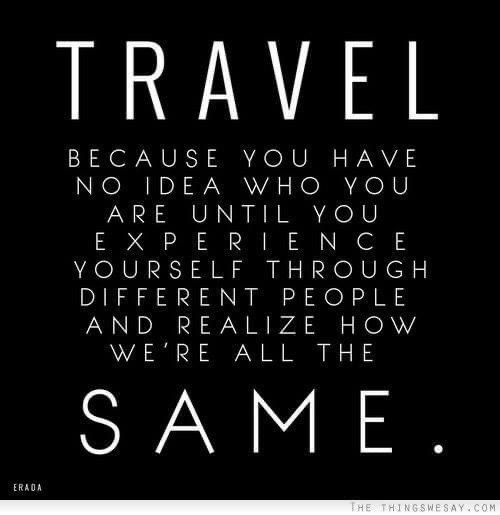Culturally Inclusive CBT Strategies: Embracing Diversity in Mental Health
- su4601
- Jun 23, 2024
- 2 min read

In a world as diverse as ours, it's essential to acknowledge and address the unique cultural backgrounds of individuals when it comes to mental health treatment. This is where Culturally Inclusive Cognitive Behavioral Therapy (CBT) strategies play a crucial role in ensuring that therapy approaches are not only effective but also sensitive to the cultural nuances of each individual. In this blog post, we will explore the significance of multiculturalism in CBT and how Dialectical Behavior Therapy (DBT) techniques can be integrated to provide a more inclusive and impactful therapy experience.
Understanding Multiculturalism in CBT
Multiculturalism in CBT involves recognizing and respecting the cultural diversity of clients, understanding how cultural values and beliefs influence their perceptions and behaviors, and tailoring therapy interventions accordingly. By embracing multicultural perspectives, therapists can create a safe and supportive environment where clients feel understood and valued.
Why Culturally Inclusive Strategies Matter
Integrating cultural considerations in CBT is essential for several reasons. First and foremost, it fosters trust and rapport between the therapist and the client, enhancing the therapeutic alliance. Moreover, culturally sensitive interventions are more likely to resonate with clients and lead to better treatment outcomes. By acknowledging and respecting cultural differences, therapists can empower clients to explore their thoughts and emotions in a way that aligns with their cultural identity.
Integrating DBT Techniques for Cultural Inclusivity
Dialectical Behavior Therapy, known for its emphasis on mindfulness, emotion regulation, and interpersonal effectiveness, can be seamlessly integrated into CBT to enhance cultural inclusivity. DBT techniques provide clients with practical skills to manage distressing emotions, navigate interpersonal conflicts, and improve their overall well-being. By combining the principles of CBT with the mindfulness-based approach of DBT, therapists can offer a holistic and culturally relevant treatment experience.
Embracing Diversity in Mental Health
In today's globalized society, mental health professionals must embrace diversity and adapt their therapeutic approaches to meet the needs of a multicultural clientele. By incorporating culturally inclusive CBT strategies and drawing on the principles of DBT, therapists can create a welcoming and inclusive space where clients from all backgrounds feel seen, heard, and supported.
Conclusion
Culturally Inclusive CBT strategies are not just a trend but a necessity in today's mental health landscape. By recognizing the significance of multiculturalism in therapy and integrating DBT techniques, therapists can provide more effective and culturally sensitive care to their clients. Embracing diversity in mental health is not only a professional responsibility but a moral imperative to ensure that everyone has access to quality mental health treatment tailored to their unique cultural identities.
Let's continue to celebrate our differences and promote mental health inclusivity for all!
SEO Keywords: multicultural, CBT, DBT
![[Original size] Multicultural CBT Logo_edited.png](https://static.wixstatic.com/media/4ea4fb_45122af1d4ea4fc694a107fb509e30c0~mv2.png/v1/fill/w_223,h_66,al_c,q_85,usm_0.66_1.00_0.01,enc_avif,quality_auto/%5BOriginal%20size%5D%20Multicultural%20CBT%20Logo_edited.png)






Comments